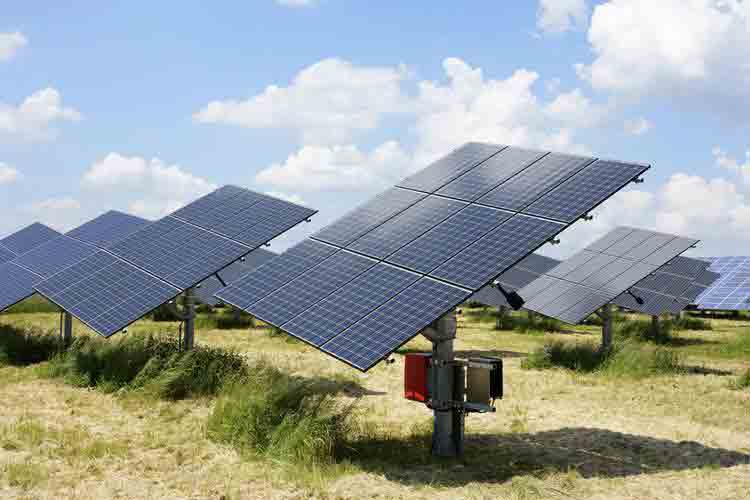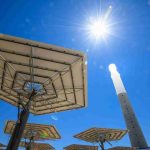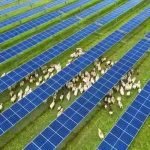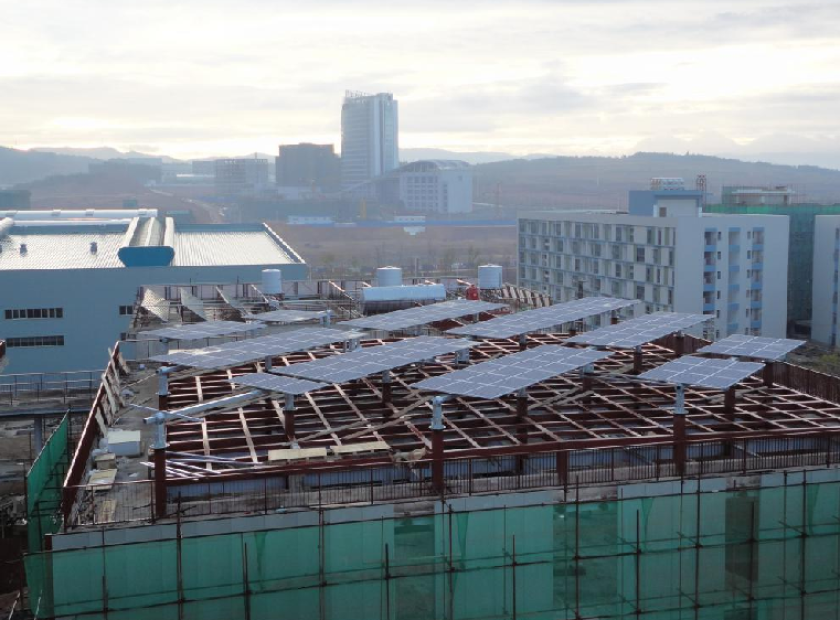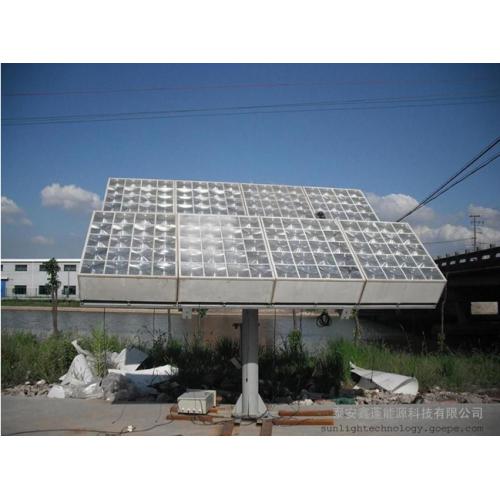
The Role of Solar Trackers and Solar Tracking Brackets in the Future of CPV Solar Power
The solar energy sector is continuously evolving,with Concentrated Photovoltaic(CPV)technology emerging as a frontrunner in efficiency and innovation.A critical component that complements CPV systems is the solar tracker,along with the solar tracking bracket that supports it.This article explores the application and future prospects of solar trackers and solar tracking brackets in CPV solar power generation.
CPV technology differs from traditional photovoltaic systems by using lenses or mirrors to concentrate sunlight onto small,highly efficient solar cells.This concentration boosts the electrical power output from each cell,making CPV suitable for areas with high solar irradiance.
Solar tracking brackets are the structural supports that hold solar panels in place.They are engineered to withstand various weather conditions while ensuring the panels remain securely positioned to maximize sun exposure.The durability and design of these brackets are crucial for the longevity and efficiency of CPV systems.
Solar trackers are devices that adjust the position of solar panels to follow the sun’s movement across the sky.By tracking the sun,these systems ensure that the solar panels receive the maximum amount of sunlight throughout the day.There are two main types of solar trackers:
• Single-Axis Trackers:These trackers rotate the solar panels along a single axis,typically from east to west,to align with the sun’s path.
• Dual-Axis Trackers:More advanced,these trackers adjust the panels on two axes,allowing for optimal alignment with the sun throughout the year.
The combination of CPV and solar trackers offers significant advantages:
• Enhanced Efficiency:By ensuring the solar panels are always directed towards the sun,trackers increase the efficiency of CPV systems.
• Increased Energy Production:The use of trackers can lead to a substantial increase in energy generation,making CPV systems more economically viable.
• Space Optimization:CPV systems require less space per watt of power generated compared to traditional PV systems,especially when combined with trackers.
Despite the benefits,there are challenges associated with solar trackers:
• Initial Cost:The upfront cost of solar trackers can be high,which may deter some investors.
• Maintenance:The mechanical components require regular maintenance to ensure they operate efficiently.
• Reliability:The trackers must be reliable to avoid disruptions in energy production.
The future of solar trackers in CPV looks promising due to ongoing technological advancements.Innovations such as smart algorithms for tracking,improved materials for brackets,and integration with energy storage systems are expected to enhance the performance and reduce the costs of CPV systems.
Solar trackers and solar tracking brackets are integral to the success of CPV technology.As the demand for efficient and sustainable energy solutions grows,the role of these components in maximizing the output of CPV systems becomes increasingly important.With continuous improvements in technology and a push towards renewable energy,the integration of solar trackers and solar tracking brackets in CPV systems is poised to play a significant part in the future of solar power generation.
